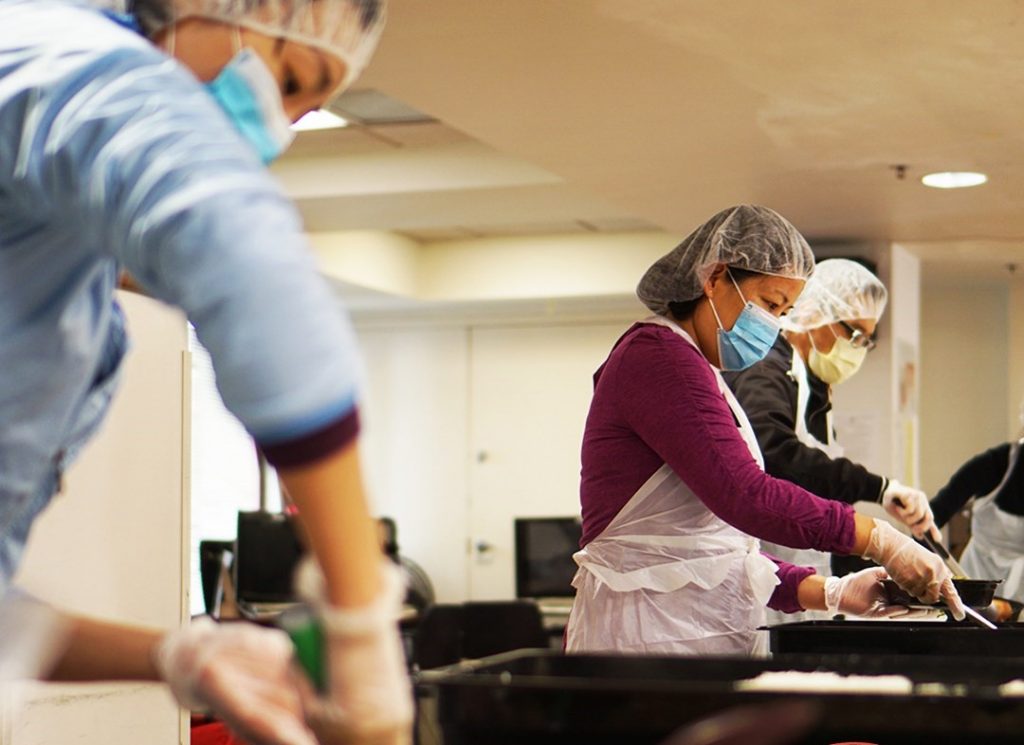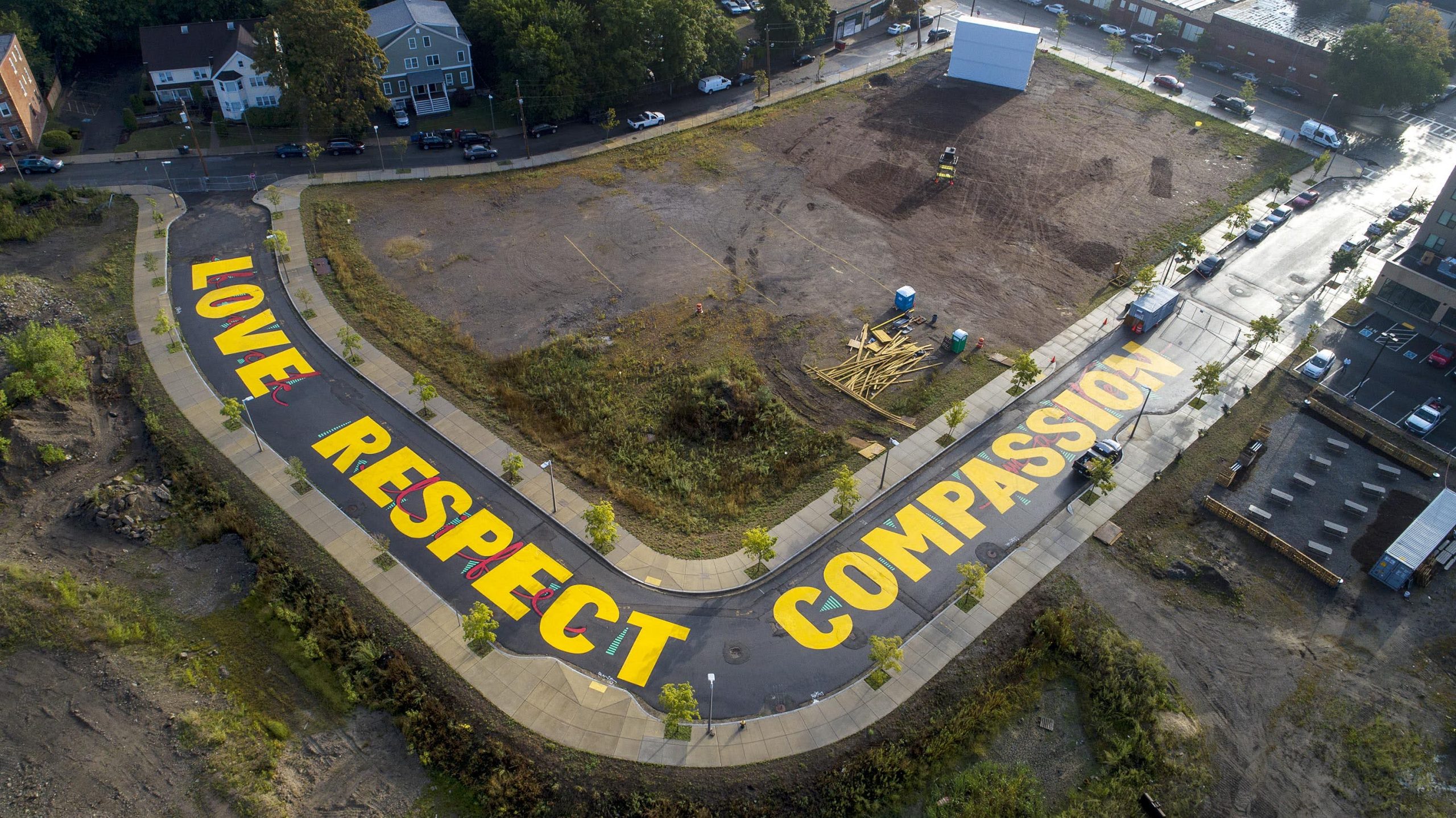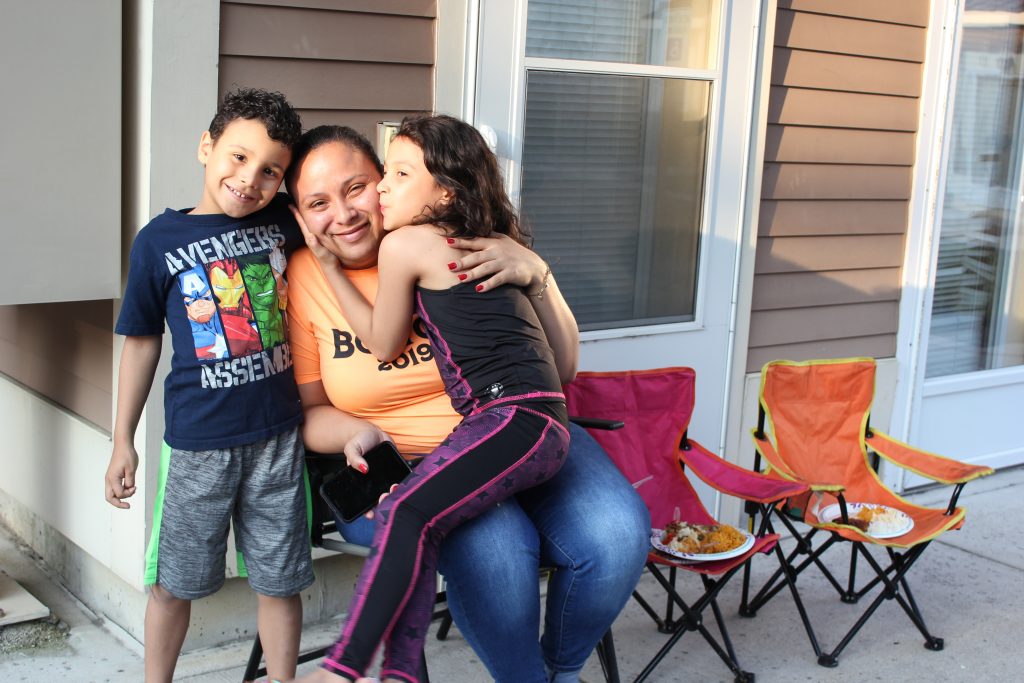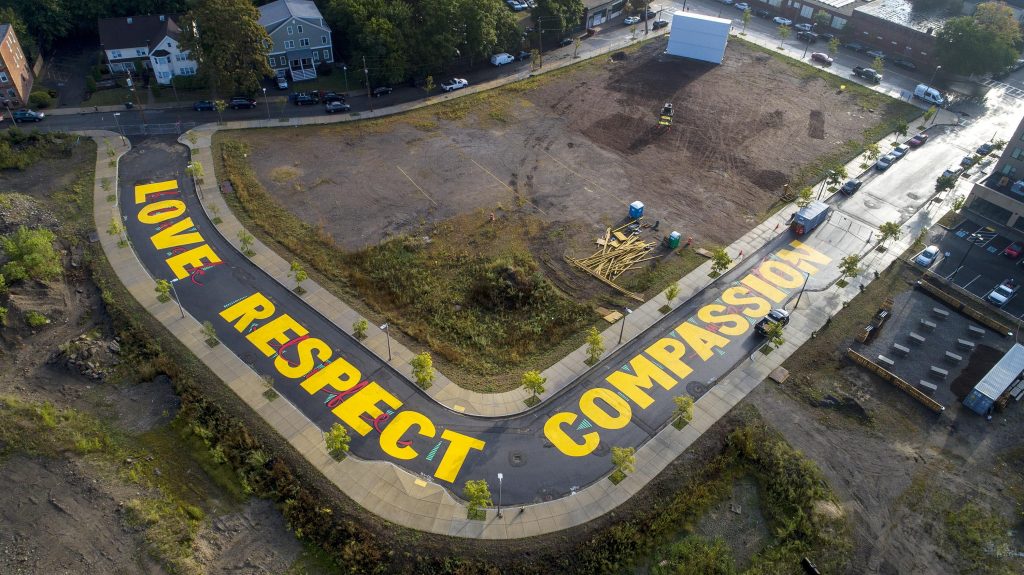At the beginning of 2020, the leadership of Nevada HAND would have told you that the organization was thriving. As the largest affordable housing provider in Nevada, HAND had few vacancies in its nearly 5,000-unit portfolio and had several hundred more under construction. When the pandemic arrived in the state in late February, its leaders knew that staff would need to respond quickly and flexibly to keep that momentum going. However, given the unprecedented nature of the challenges the pandemic posed, it wasn’t immediately clear what the best path forward was on issues like unpaid rent or vaccine hesitancy among staff.
To quickly arrive at internal best practices on these issues, Nevada HAND did something unusual: they organized competitions between staff members to accomplish important goals, with the only rule being that winners had to share what they did to achieve them. Through these competitions, the organization was able to arrive at a playbook to respond to the pandemic far more quickly and organically than it would have otherwise been able to.
The National Housing Conference spoke with Nevada HAND President and CEO Audra Hamernik about how the organization fostered staff and resident team spirit to respond to challenges posed by the pandemic and lessons learned from their efforts.

What organizational changes did Nevada HAND make to foster friendly staff competition during the pandemic?
At the start of the pandemic, Nevada HAND was deemed an essential business by the State of Nevada. One of the first decisions Nevada HAND made was to allow employees to work from home if the function of their job allowed for it. For the site teams who were on the ground at each of our 34 properties, the theme was “shifting priorities.” Employees at the site levels are divided between resident services staff and property management staff. The pandemic provided the opportunity for us to make a change that we had long planned: to de-silo staff at each of our sites and re-organize them into site teams. This change allowed our organizational structure to reflect the fact that staff at each site worked far more with one another than they did with anyone outside the site. It also allowed us to better leverage the team spirit of staff at each site as the pandemic progressed, and we began to use competitions to respond to the challenges we encountered.
What did you focus on for the first competition between site teams Nevada HAND declared?
The first of these competitions were organized around rent collection. Before the pandemic, we never had a problem with widespread rent non-payments, and so staff was at a loss on how to respond when families in unit after unit informed us that they couldn’t pay rent during the first few months of the pandemic. We decided that the best way to find and promote internal best practices in response to this was to encourage innovation through competition, and so we incentivized site teams to get as close to full collection as possible. The only rule was that the teams that were doing the best had to share their strategies so that other teams could replicate their efforts at their sites.
Site teams were incredibly creative in response to this competition. Each team created a scoreboard to show how much rent they collected that month. These ranged from gumball machines staff would fill with candy as they collected more rent to maps of the Las Vegas Strip, with each casino representing a certain percentage of rent that had been collected. The site team at our Flamingo Pines apartment complex even created a racetrack for their scoreboard, with racecars with flamingo drivers representing the complex’s buildings and advancing along the track as more rent was collected from that building. Though the most important aspect of the competition was its effect on rent collections, this sort of creativity was crucial for team building at a time when employees were seeing very little of each other in person.
What were the results of the rent collection competition?
This competition helped us develop internal best practices for rent collection quite quickly without imposing late fees or initiating evictions against residents. Much of the work involved staff reaching out to residents to emphasize that they were willing to work with them if they were experiencing financial trouble and assisting them in applying for rental assistance if residents were interested. This sort of outreach resulted in helping residents secure over $600,000 in emergency rental assistance, which proved crucial to ensuring that residents could remain in our buildings through the pandemic. In senior buildings, resident services staff went so far as to go door-to-door to ensure residents that they were not going to be evicted and their relationship with the organization remained healthy and non-adversarial.
The strategies and tactics that we developed for our rent collection practices, included new rent repayment policies, updated communication resources such as compassionate talking points for staff when talking with residents, payment plans, promise-to-pay arrangements, and application assistance with rental assistance programs. We also waived late fees for all households from April 1 to April 30 of last year, saving our residents over $300,000 and demonstrating our solidarity with them during such a difficult period.
This competition also greatly increased our knowledge of residents’ conditions during the pandemic. We found, for example, that a major hindrance to rent collection in our senior living facilities was residents’ fear of leaving their units; many seniors were so terrified by the virus that they hadn’t gone outside of their apartments in weeks. That discovery also helped leadership realize that there were serious nutritional needs among residents and this led to the creation of a meal distribution program over the summer that delivered nearly 80 tons of food for two months to help feed more than 2,000 seniors at 18 affordable housing communities.
In addition to promoting the internal proliferation of best practices and helping increase our knowledge about residents, these competitions had the added benefit of boosting staff morale at a time when many employees were beginning to feel burnt out. Working during a pandemic is hard, not only logistically but emotionally, and it was extremely helpful for our employees to have a fun way to connect with each other while helping the organization and working with residents.

How else did Nevada HAND make use of competitions during the pandemic?
Given how effective the rent collection competition had been, we made use of the same concept when we confronted another challenge later on in the pandemic: getting staff who worked in our two senior living buildings vaccinated against COVID-19.
Though staff sometimes had to navigate a confusing web of power-of-attorney arrangements and preexisting conditions, it proved relatively easy to get upwards of 95% of senior living residents vaccinated. What we didn’t anticipate was the difficulty we would have getting staff to take on-site vaccine doses, which was a problem because our senior living facilities wouldn’t be able to fully reopen until staff vaccination coverage was at least 70%, based on guidance from the Nevada Department of Health and Human Resources. Staff hesitancy stemmed from the same concerns that many people across the country have, and it was clear that both education and encouragement would be necessary to increase staff vaccination rates.
Given this hesitancy, we decided to implement another competition to increase vaccine take-up, this one between the staff at the two senior living facilities. Management told staff that the first facility to get to over 70% staff vaccine coverage could have a celebration banquet with residents. Residents were informed of the competition, and we enlisted their help in encouraging staff to get vaccinated. In this case, the competition was intended less to arrive at internal best practices and more to harness the competitive spirit to achieve a goal.
What practices did Nevada HAND arrive at for increasing vaccine take-up?
Leadership at both senior living sites deployed a wide range of tactics to make hesitant staff more comfortable. Some staff wanted their questions answered by an unbiased person outside of the organization, and so we held conference calls in English and Spanish with medical professionals for staff to voice their concerns. Other staff sought increased support from within the organization, and residents and managers got involved in encouraging staff to get vaccinated and emphasized how reopening facilities would make life at work better. Some staff members even asked that our vice president of assisted living, who is a certified nurse, personally give them the vaccine. We also provided a monetary incentive to staff members in the form of a $100 gift card. This competition was just as successful as the first one, and though vaccine coverage among staff is not quite at levels that indicate herd immunity, it has increased dramatically since the competition’s inception.
What broader lessons from the competitions did Nevada HAND draw from to address problems posed by the pandemic?
Both competitions helped us find better strategies for disaster preparedness. Before the pandemic, we had plans in place to continue to serve residents in instances of disasters, from floods to fires and chemical spills to threats of violence. However, since we never needed to implement any of those plans, it was unclear whether they would be effective or not. The pandemic proved to be an opportunity for the organization to test many of the emergency preparedness measures it had established in the context of a competition and further incentivize staff to help develop optimal methods of response. This extra incentive helped us arrive at emergency preparedness practices that were not obvious before the pandemic, such as keeping shopping carts at each of its buildings to facilitate more efficient food and supply distribution.
The competitions had the effect of greatly increasing our estimation of its resident services staff. Since much of their work had to do with the so-called “soft” services of organizing community events and fostering relationships with residents, it was not always obvious how these team members helped fulfill the organization’s mission. However, when it became necessary to work with residents to get their rent paid or convince senior residents that they needed to get vaccinated, resident services staff members were some of the most effective team members for the simple reason that they were the ones with the deepest connections with residents. The pandemic was a good reminder that relationships are the most valuable resources for housing organizations.





